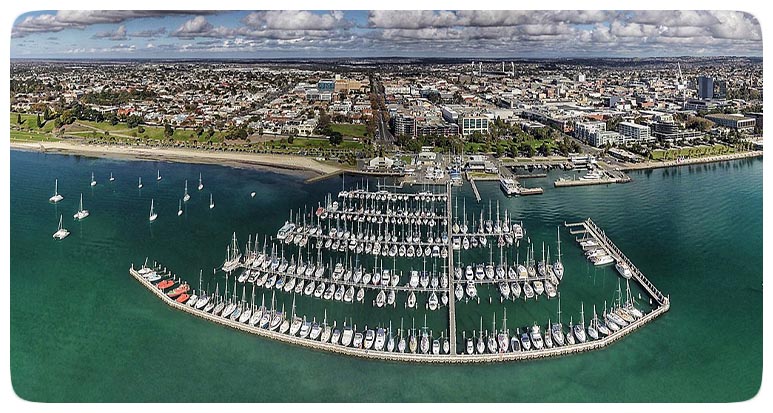
Resource page for Geelong, Victoria, Australia
This resource is brought to you by PAL Accounting & Advisory Geelong.
Located just 75 kilometres from Melbourne, the city of Geelong in Victoria is one of the country’s fastest-growing cities and one of the most interesting ones in terms of history, attractions, and entertainment options. Thanks to its proximity to Corio Bay, Geelong also has a vibrant beachfront community and attracts millions of tourists every year with its spectacular views. Geelong has a population of 253,000, and the local economy is on an ascending path, especially the retail, trade, education, and construction sectors.
History & Economy of Geelong
The name Geelong comes from the Aboriginal name Djillong, which means “land” or “cliffs”. This is the name that was given to the settlement in 1827, but it was actually in 1910 that Geelong became a city. At first, Geelong stood out through its mill and ropework industries and experienced a boom during the gold rush. Starting from the 1960s, Geelong consolidated its spot as one of the biggest manufacturing centres in Australia, and the 1990s gentrification led to a considerable increase in population. Nowadays, Geelong’s economy no longer focuses heavily on manufacturing, but other sectors are thriving, making Geelong one of the main non-capital cities in Australia.
Notable attractions
Geelong has many interesting attractions, starting with its beautiful beachfront. Located on the Bellarine Peninsula, Geelong has many beautiful beaches, which attract millions of tourists in summer and early autumn: Eastern Beach, Rippleside Beach, North Shore, just to name a few. Other interesting places to see include Point Lonsdale Lighthouse, Buckey Falls, Kardinia Park, the Serendip Sanctuary, the Geelong Botanic Gardens, and the Ozone shipwreck. Geelong is popular with all tourist categories, from history buffs to families and surfers in search of adventure.
Dining & Lifestyle
If you’re looking for the best dining options in Australia, Geelong is the place to be. Some of the best restaurants in town include IGNI, on Ryan Place, The Arborist, on Little Malop Street, and Bistrot St-Jean, on Moorabool Street. Thanks to its temperate climate, Geelong has many vineyards and, if you want to sample the region’s best wines, definitely stop by Scotchmans Hill Winery and Cellar Door, Oakdene Vineyards, or McGlashan’s Wallington Estate. In the summer, Geelong hosts many music festivals, such as the National Celtic Festival and Queenscliff Music Festival, and the Geelong Performing Arts Centre is one of the city’s many cultural venues.
Education
The first schools in Geelong, Geelong College and Geelong Grammar School, date back as far as the 1850s. Here, His Royal Majesty William, Prince of Wales, was a student in 1966. Another historic school is the Geelong High School, on Ryrie Street, which opened in 1910. In total, Geelong has over 40,000 students in public and private schools.
Transportation
Geelong has one airport, Avalon Airport, located 15 km from the city, which runs low-cost and full-service flights. The city is also a major railway hub, and the Geelong train is famous for carrying more passengers than any other train in Australia. Since it’s a coastal town, Geelong also offers ports and ferry services.



